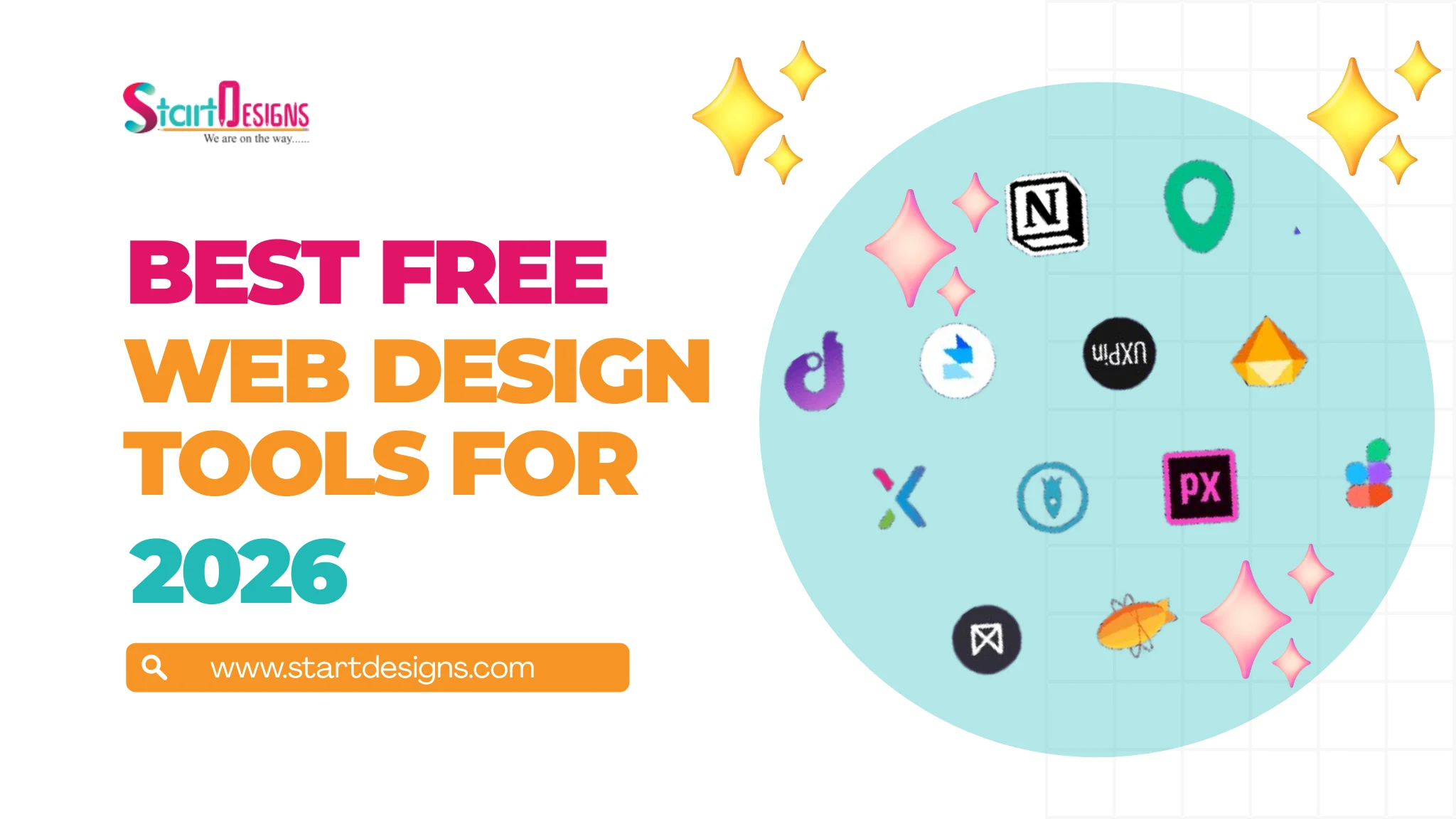Running an eCommerce business without A/B testing is like driving without a GPS. Sure, you can still get somewhere, but you’ll likely waste time and miss the optimal route. A/B testing takes the guesswork out of your business decisions by offering data-driven insights into what works best for your audience. But the key to success isn’t just about testing everything; it’s about testing the right things.
Let’s break down which elements of your site should be tested and how doing so can dramatically improve your eCommerce strategy.
Why A/B Testing Matters in eCommerce
Data-Driven Decision Making
The days of relying on gut feelings for decisions are long gone. A/B testing provides hard data on what’s truly effective. Instead of assuming that a new design or copy change will increase conversions, you get real-time proof. When you base decisions on this type of data, you eliminate the guesswork and make smarter moves for your store.
Reducing Risk with Testing
Implementing a complete redesign without testing first is risky. Even small changes can have big consequences. A/B testing allows you to test new ideas on a smaller scale first, minimizing potential losses and ensuring that any changes will have a positive impact before going live.
Improving User Experience and Conversion Rates
A better user experience doesn’t just keep visitors happy; it leads to higher conversion rates. Testing elements like button placement, image size, or CTA wording can make your site faster and easier to navigate. These small improvements lead to higher engagement and increased purchases.
Key Elements You Should Be Testing
Product Pages
Product pages are where potential customers make their final decisions. A/B testing here can yield big results:
- Headlines: Test different messaging styles—benefit-focused vs. feature-focused. You might find that one resonates better with your audience.
- Images: Test lifestyle photos versus product-only images to see which drives more conversions.
- Descriptions: Try shorter, punchier descriptions vs. longer, more detailed ones. Depending on your product, one may work better than the other.
- Call-to-Action (CTA): Test variations like “Add to Cart” versus “Buy Now” to see which creates more urgency and drives more clicks.
Page Design Proposal Today!
Checkout Process
The checkout process is a crucial step where many customers abandon their purchases. Streamlining this can dramatically increase your conversion rate:
- Guest Checkout vs. Forced Account Creation: Test allowing customers to check out as guests versus requiring them to create an account. The fewer barriers, the better.
- Payment Methods: Offer various payment options, including PayPal, Apple Pay, and buy-now-pay-later options. This can make the checkout process faster and more appealing to a wider range of customers.
Pricing Strategies
Pricing isn’t just about numbers—it’s about perception. Test strategies that make your products seem more attractive to buyers:
- Discount Placement: Experiment with placing discounts upfront versus in the checkout phase. A visible discount on the product page could incentivize users to click through and purchase.
- Bundle Offers: Test product bundles to see if offering a discount when customers buy related items increases the average order value.
Landing Pages
First impressions matter. A/B testing on these pages can determine whether visitors stick around or leave:
- Hero Images: Test a static image vs. a rotating slider to see which one captures attention and drives engagement.
- Product Placement: Experiment with featuring different collections like bestsellers, new arrivals, or limited-time offers to see which gets the most clicks.
- Promotional Messaging: Test urgency-driven messaging (“Hurry, limited-time offer”) versus educational copy that highlights product benefits.
Common A/B Testing Mistakes to Avoid
Testing Too Many Variables at Once
It’s tempting to test multiple changes at the same time, but this often leads to confusion about what actually made the difference. Always test one variable at a time to ensure you’re accurately measuring the impact of each change.
Ignoring Small Wins
It’s easy to get discouraged when a test doesn’t double your revenue overnight, but remember: small improvements add up. Even a 1% or 2% improvement in conversion rates can have a significant impact over time, especially when applied to multiple areas of your site.
Drawing Conclusions Too Early
Ending a test too soon can result in misleading conclusions. Always ensure you have enough data to make informed decisions. Wait until your test reaches statistical significance before you take action on the results.
Best Practices for Successful A/B Tests
Set Clear Hypotheses
Don’t run tests just for the sake of testing. Start with a clear hypothesis: What do you expect to happen and why? For example, “Changing the CTA from ‘Add to Cart’ to ‘Buy Now’ will increase conversions by 5%.” This ensures your tests have a clear purpose and measurable outcome.
Segment Your Audience
Not all visitors behave the same. Segmenting your audience—by device type, first-time vs. returning visitors, or geographic location—can provide deeper insights into what works best for different groups. This allows you to tailor your testing to specific segments, optimizing for each user’s unique experience.
Analyze Results Deeply Before Acting
It’s tempting to celebrate a small win immediately, but take time to fully analyze the data. Look at various metrics: Did mobile users respond differently from desktop users? How did first-time visitors perform versus loyal customers? Understanding the full picture will help you make better decisions for your entire customer base.
When to Seek Professional Help
Sometimes, no matter how much you test, you need a fresh perspective to take your results to the next level. If you’re running tests and not seeing significant improvements, or if you’re unsure where to focus your efforts next, it might be time to reach out to an eCommerce consulting agency. A professional can help you refine your testing strategy, optimize your user experience, and ensure you’re testing the right things.
Conclusion
A/B testing isn’t about testing everything—it’s about testing the right things. By focusing on the elements that directly affect your customers’ decisions, you can make smarter, data-backed decisions that improve your store’s performance.
Whether you’re tweaking product pages, optimizing the checkout process, or refining your pricing strategy, A/B testing allows you to take control of your eCommerce growth. Be patient, be strategic, and when you’re ready, don’t hesitate to bring in expert help to guide your next steps.
About the author
Popular Posts

Top Webflow Specialists You Can Hire Today to Launch High-Converting Websites
November 29, 2025- 6 Min Read


Top 12 Generative AI Tools for 2025–2026 (Fast, Accurate & Easy to Use)
November 25, 2025- 4 Min Read



